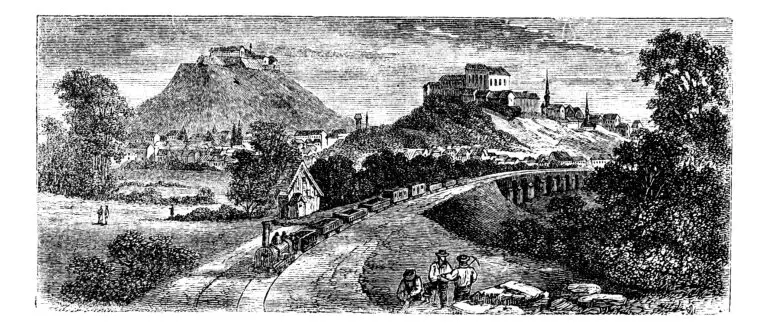Industrial Revolution (U.S.)

Table of Contents
U.S. Industrial Revolution
The Industrial Revolution was a transformative period in the history of the United States and the world, marked by significant advancements in technology, industry, and economic organization.
It spanned from the late 18th century to the mid-19th century and brought about profound changes in how goods were produced, leading to the rise of industrialization. The Industrial Revolution had far-reaching impacts on society, the economy, and labor structure, ultimately shaping the modern industrialized world.
Impact of Industrial Revolution in America
The Industrial Revolution in the United States began in the late 18th century and continued well into the 19th century, transforming the nation from an agrarian society to an industrialized one.
The textile industry played a pivotal role in the early stages of the Industrial Revolution, with the development of mechanized cotton spinning and weaving technologies.
The invention of the cotton gin by Eli Whitney in 1793 revolutionized the processing of cotton and greatly increased the demand for slave labor in the Southern United States.
The construction of the first successful steam-powered textile mill by Francis Cabot Lowell in Waltham, Massachusetts in 1814 marked a significant advancement in industrial production.
The completion of the Erie Canal in 1825 facilitated the transportation of goods and raw materials, connecting the Great Lakes to the Atlantic Ocean and spurring economic growth in the Northeast.
The use of interchangeable parts, pioneered by Eli Whitney in the manufacturing of firearms, became a cornerstone of industrialization, leading to increased efficiency and mass production.
The telegraph, invented by Samuel Morse in 1837, revolutionized communication, enabling rapid transmission of information across long distances and facilitating business and trade.
The expansion of the railroad network in the mid-19th century played a crucial role in connecting different regions of the country, facilitating the movement of goods and people and contributing to economic growth.
Urbanization was a significant consequence of the Industrial Revolution, with people moving from rural areas to cities in search of employment in factories.
The Industrial Revolution had profound social and economic impacts, including the rise of factory-based economies, the growth of the middle class, and the emergence of labor movements advocating for workers’ rights.
Related Links
Great Depression
Industrial Revolution (Europe)
Marshall Plan
World War I